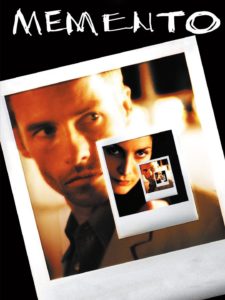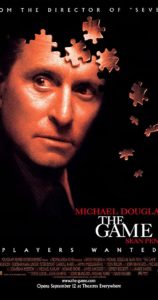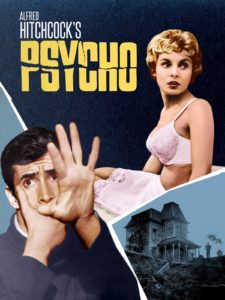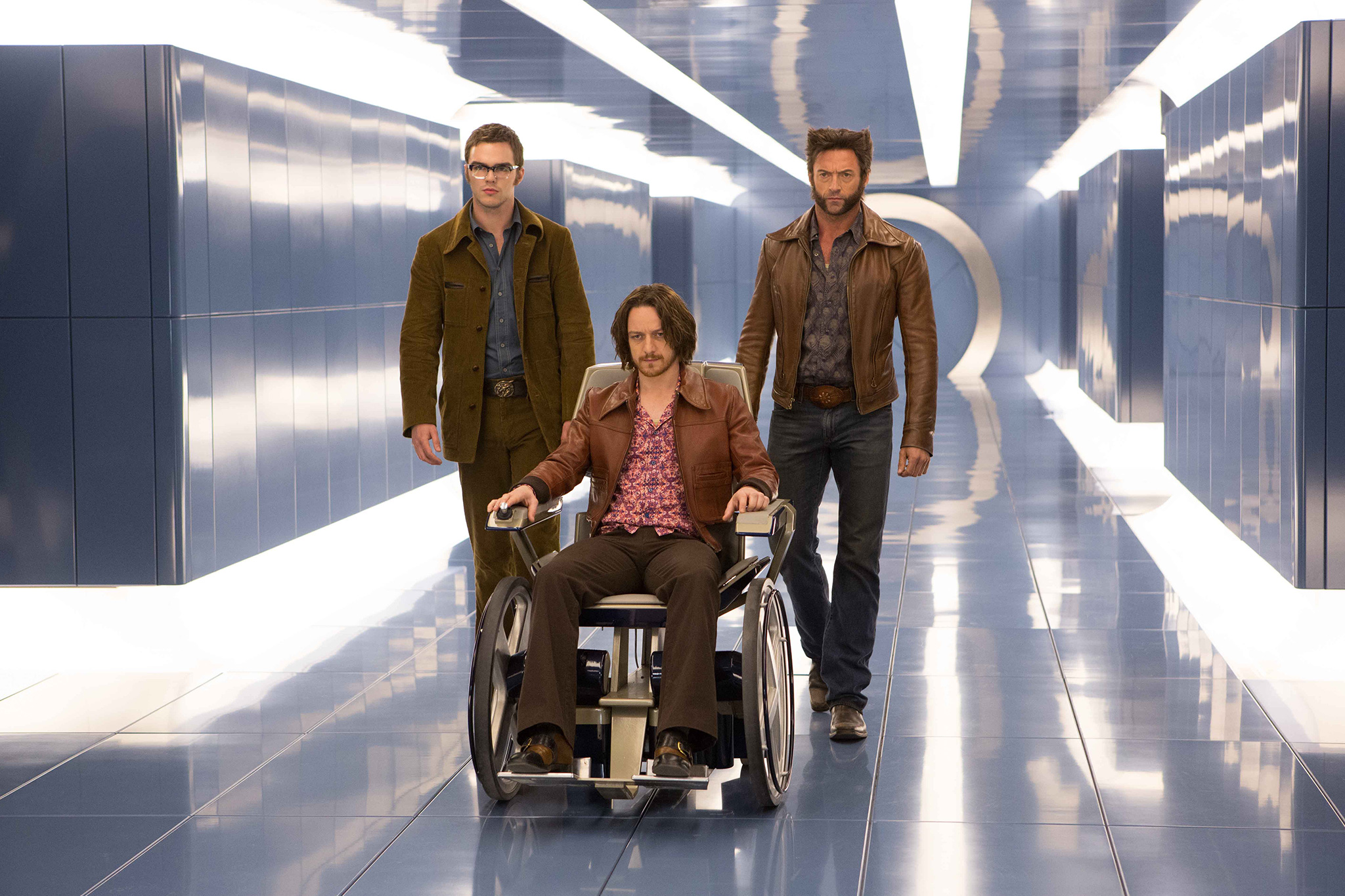I still remember the first time a movie actually shocked me. I was six years old, and I was watching The Lord of The Rings. When Gandalf yelled “you shall not pass” breaking the bridge and letting the Balrog fall into the darkness, I innocently thought that the fight would be ended.
It has been when the fire whip reached Gandalf dragging him into the abyss that I realized something was wrong.
I was not expecting a similar event. But being misled by a movie’s scene was a good feeling. So, since that moment I started developing an active passion for all those movies capable of tricking the viewer’s imagination and perception with exceptional endings.
The first part of the top ten will cover the movies from the tenth to the sixth position.
10: “Sinister” by Scott Derrickson (2012)
“Sinister” is one of the rare horror movies that does not present any classic cliches. The movie, released in 2012 is a movie about demons, ghosts and possessions, is a rare gem that differs from the standard horror cinema.
Derrickson develops the story by avoiding bloody scenes or jump scares focusing the attention on growing anxiety.
Ethan Hawke is Ellison Oswalt, a writer of true crime stories who reached popularity because of his past work. The character moved with his family to King County in order to start writing a new book. However, his family does not know that the new house has been the theater of a family murder. Oswalt perceives the event as a great opportunity to write a new successful book. The events assume a dark tone when the main character finds a series of Super-8 in the house showing several family murders. As a result, Ellison tries to connect several clues in order to find out the killer’s identity.
The end of the movie presents one of the most genius ideas capable of shocking the public because of its insanity. The last scene is the moment when the viewer and the main character connect all the clues and events presented throughout the movie to comprehend the truth. The impressive scene sequences and an overall dark and thrilling story make “Sinister” a must for scary movie fans.
9: “Deep Red” by Dario Argento (1975)
Dario Argento has been defined by The New York Times as “The Italian Hitchcock.” ‘The similarities with the Master of Suspense are not purely related to the themes characterizing their movies. Argento’s ability to create growing anxiety and suspense in several scenes makes the movie thrilling, reminding the public about Hitchock’s style.
Keith Phillips from AV Club wrote, “Deep Red helped make Argento’s international reputation, even attracting the attention of Alfred Hitchcock, whose influence can be felt in nearly every scene.”
The story is about a bloody series of murders taking place in Rome. The main character Marc Daly, played on the screen by the British actor Devid Hemmings, is a jazz pianist who gets involved in the events because he is the witness of the first murder. After witnessing the first murder, Marc cannot recognize the killer. But he is sure that he saw something important for the investigations even if he cannot focus on it.
It is during the first fifteen minutes and with excellent use of photography, that Argento settles the basis for an outstanding final plot twist. A small detail, almost imperceptible for the public is there. And that is the same detail that the main character tries to remember throughout the movie without results.
Deep Red is a must for movie fans. A thrilling soundtrack, minimalistic details in each frame and a magistral ending make this movie an excellent work capable of challenging the public with its suspense.
8: “Memento” by Christopher Nolan (2000)
It was in 2000 when British director, Christopher Nolan, started working on a complex project which would become a must in the cinema industry in the following years. “Memento” is a movie based on Nolan’s brother’s short story titled “Memento Mori.” After 17 years from its release, Nolan’s work has been inserted in the National Film Registry.
The story is about Leonard Shelby (Guy Pearce), a former insurance investigator who suffers from anterograde amnesia. He cannot store new memories for more than 15 minutes. And this condition is the principal obstacle to complete his mission: Finding the person who killed his wife and getting revenge.
The classical linear narrative structure is almost absent in “Memento.” Although the story is linear because the audience finds out details and events scene by scene, the movie events are non-chronological.
“Most postmodern movies are characterized by a classic linear narrative which is defined by a beginning, a middle and an end,” explains Ph.D. Elizabeth Wing Brooks, coordinator of the Las Positas College Film Studies department. “Memento is a movie which actually distorts the linearity of the story.”
The particularity of Nolan’s work is not just related to the story structure starting with the end and concluding with the beginning, but also because Nolan makes the most of the film editing building a visive puzzle that captures the public’s attention.
The final plot twist actually takes place at the very beginning of the story. The director settles up a dramatic final scene revealing a few essential details which are fundamental to understand the course of the events.
“Memento” is certainly one of the most shocking movies of the last two decades. It is that kind of movie that the audience watches two times. First time to be played and tricked by Nolan’s ability, and a second time to explore the movie with more consciousness and from a different perspective.
7: “The Game” by David Fincher (1997)
David Fincher is one of the most valuable directors of the 2000s. Many of his works received important awards, and the perfection in each scene sequence is his signature. It is in 1997, two years after his first great success “Seven” when Fincher proposed to the public the dramatic thriller titled “The Game.”
The story takes place in San Francisco at the end of the 90s. Nicholas Van Orton, superbly interpreted by Michael Douglas, is a rich divorced businessman who leads a boring and emotionless life. His brother Conrad, played by Sean Penn, gives Nicholas a special gift for his 48th birthday: A membership card for a game produced by the Consumer Recreation Service, a company specialized in board and role games. When Nicholas accepts to play, a dramatic series of events start taking place in his life.
One of Fincher’s abilities as a director is his attitude on defining the psychological aspects of his characters. And “The Game” is one of the best examples of his entire filmography. The whole movie is characterized by subsequent plot twists which negatively affect Nicholas’ mental health. Fincher’s best trait is making it possible for the public to have empathy with the character. While watching the movie it will result in impossible to determine if the events are real or not.
“The Game’s” final scene is a mix of both surprises, defined by Brooks as “quick time actions focused on impressing the viewer through shock and suspense.”
“Suspense is not quick. It is presented and built up through the events of the story, and it is usually more appreciable to the viewers since, after a longer tension, it terminates with a climax,” explained Brooks.
During the final sequence of scenes, the main character finally finds out the truth, and the viewer realizes that the story is going to end. But with a repenting backlash, Fincher sets several surprises that catch the audience’s attention before concluding the movie with another final plot twist.
6: “Psycho” by Alfred Hitchcock (1960)
Black and white colors, a shower, then a shout, and the killer’s knife. One of the most iconic scenes in cinema history. Produced in 1960, “Psycho” is the most famous movie directed by Alfred Hitchcock representing a pillar of the cinematic industry. Besides Hitchcock’s legacy directly linked with this work, since 1992, the movie has been part of the National Film Registry, and it has been an important inspiration for many thriller and horror movies published over the following decades.
The story is about Marion Crane, secretary of an estate agency, who leaves her workplace with a significant sum of money stolen from the owner of the agency. While driving, Marion notices a motel sign where she decides to pass the night. The place is run by Norman Bates, a shy and fragile man, and his mother, a disabled and possessive woman toward her son. When Marion understands that her presence is not accepted by the woman, she decides to go back to the agency returning the money. However, the Bates Motel reserves to Marion more than a surprise that will delay her return to the city.
“Psycho” is a work that highlights Hitckock’s ability to trick his audience through expedients and suspense.
At the very beginning of the story, Hitchcock uses a narrative expedient in order to introduce the events to the public. The envelope containing the stolen money stolen is repeatedly framed and inserted in the scene sequence. But a detail that, at first results significant to the audience, is merely expedient to introduce the events.
This narrative expedient has been defined as a MacGuffin by Hitchcock himself. The audience imagines and perceives the MacGuffin as an important detail of the story while it is just a way to let the narrative flow.
The climax of the suspense coincides with the final plot twist. The director is able to present a single particular revealing the truth to the audience and placing an end to the events. The plot twist scene is a well-conceived set of sounds and frames that has a place of honor in cinema history.
Alessio Cavalca is a staff writer for The Express. Follow him @AlessioCavalca.










1 Comment
by Lizzy Rager
Nice!